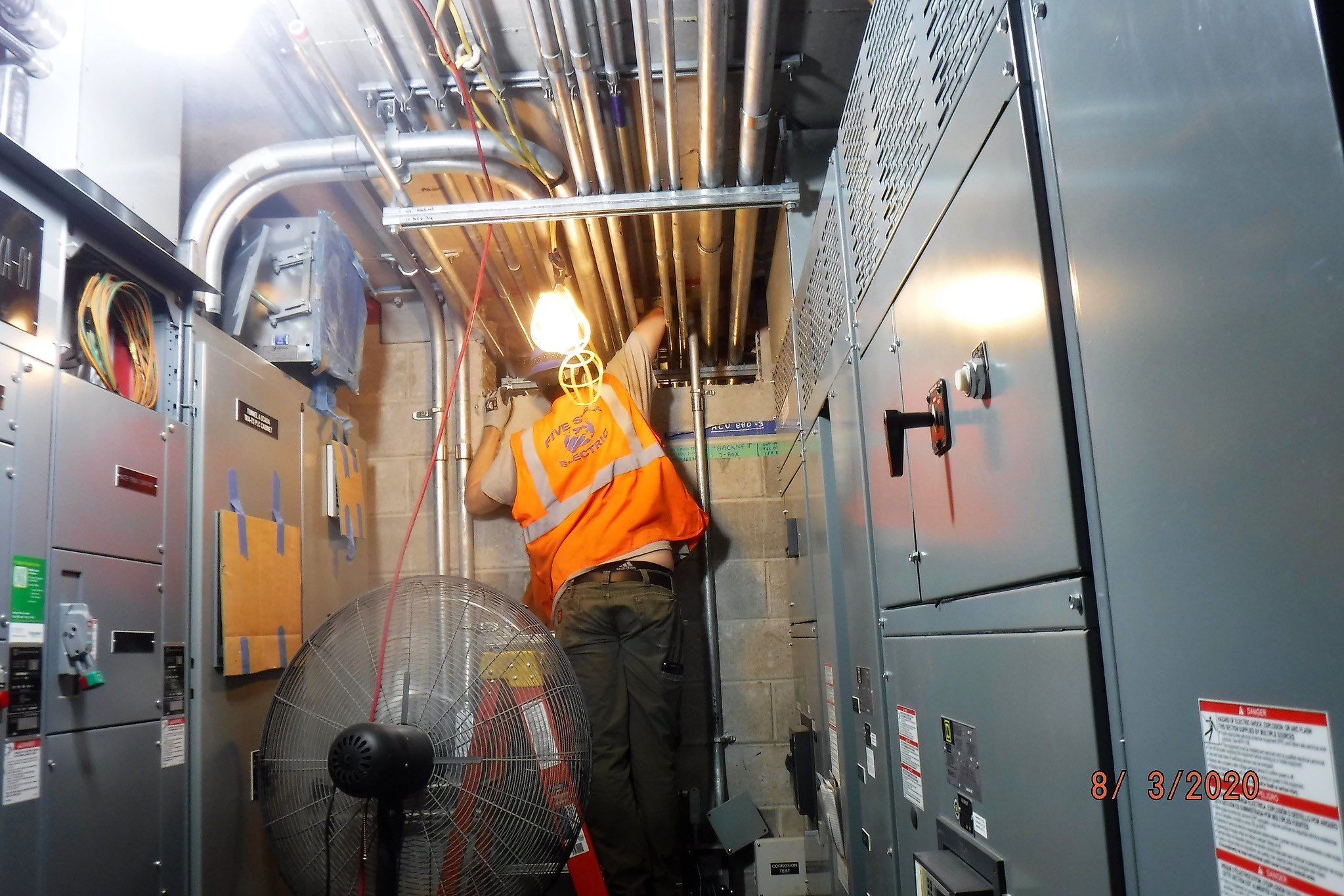Have a story idea
Have a story idea? Send it to us here.

Source : Flickr, MTA
June 29, 2022
Author : Alex Bustillos
With growing populations and improved living standards, and urbanization and a growing number of office jobs a result has been an increasing need for the installation of HVAC systems.
According to the Global HVAC Market Report and Forecast 2022-2027, in 2021, the worldwide HVAC industry was worth close to USD 198.45 billion. The market is anticipated to continue expanding between 2022 and 2027 at a compound annual growth rate (CAGR) of 5.1 percent, reaching a value of roughly USD 278.96 billion.
HVAC refers to several technologies that replace or exchange the air between indoor and outside locations to regulate the air temperature, humidity, and purity in an enclosed space. By maintaining an ideal temperature, these systems provide thermal comfort in various places, such as homes, offices, halls, and transportation systems.
While the cooling system works in the opposite direction, the heating system draws heat from outside. In addition to removing things like moisture, smoke, heat, dust, and carbon dioxide, the ventilation system replenishes the air with oxygen.
Remote access, energy efficiency, cheaper electricity costs, and improved temperature variability are benefits of a smart HVAC system. Heat pumps, boilers, furnaces, ventilation fans, air filters, cooling towers, air conditioners, and VRF systems are just a few examples of the various equipment used in HVAC.
Increased acceptance of these systems across various end-use industries is facilitated by the development of smart HVAC systems that incorporate cutting-edge technologies like Bluetooth, voice control, and Wi-Fi. Government rules requiring sufficient ventilation to manage moisture, lower the risk of mold growth, and prevent structural damage have contributed to the market's expansion.
Rising environmental sustainability consciousness and manufacturers' initiatives to create HVAC systems that are energy-efficient and uphold high standards are two factors that are anticipated to contribute to the market's growth throughout the projected period.
With a revenue share of 54.7 percent in 2021, the cooling segment dominated the market for HVAC systems. The cooling market is anticipated to expand at a roughly 6?GR from 2022 to 2030.
Along with cooling, heating is a significant market that has grown steadily over time. By 2021, the segment held a market share of over 20.0 percent. Long-term growth in the industry is estimated as it gradually shifts from a fuel-based operating paradigm to effective low-carbon solutions. Additionally, the expansion of solar-powered heat pumps will open up new opportunities for category growth throughout the projected period.
The residential sector, which accounted for the biggest revenue share of 40.1 percent in 2021, led the HVAC systems market. A rise in single-family and multi-family housing is opening doors for the residential HVAC market. As a result, the segment's estimated value in 2021 was greater than USD 50 billion.
Several trends, from automated systems to green and smart technology, are anticipated to be crucial in determining the direction of the commercial HVAC market.
In 2021, North America was the second-largest market for HVAC systems, closely followed by Europe.
The following are a few of the leading companies in the HVAC systems market:
Category : Contractor Trades Efficiency-Improving Technology Green Economy Market Watch Material Costs
